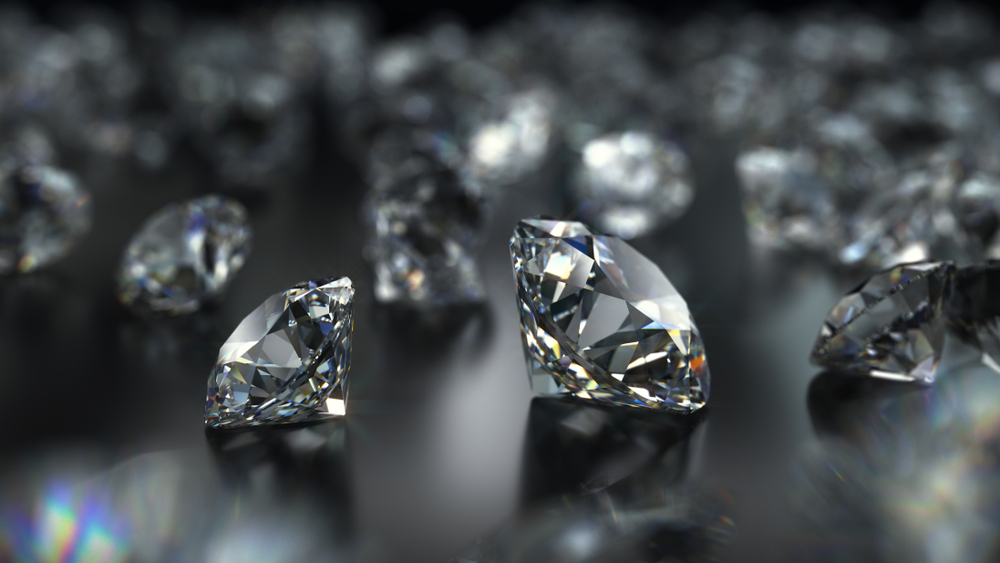The jewelry industry is evolving, and one of the most significant developments in recent years has been the rise of ethical lab diamonds. These diamonds are grown in laboratories using cutting-edge technology, offering a sustainable and diamantes éticos de laboratorio mined diamonds. With growing concerns about environmental impact, human rights, and the future of diamond mining, ethical lab diamonds have become a game-changer. This article explores the benefits, process, and growing demand for ethical lab diamonds in the modern world.
What Are Ethical Lab Diamonds?
Ethical lab diamonds are diamonds that are created in laboratories under controlled conditions, mimicking the natural process that occurs deep within the Earth. These diamonds are chemically, physically, and optically identical to mined diamonds but are produced without the environmental destruction and ethical concerns that come with traditional diamond mining. Ethical lab diamonds have gained popularity due to their transparency and the assurance that they are free from conflict or exploitation. The ability to track the creation of these diamonds gives consumers peace of mind, knowing they are making an ethical purchase.
The Advantages of Ethical Lab Diamonds
One of the main reasons for the growing popularity of ethical lab diamonds is their sustainability. Traditional diamond mining can cause severe environmental damage, including habitat destruction, water pollution, and the release of harmful chemicals. Ethical lab diamonds, on the other hand, are produced with minimal environmental impact, as they require fewer natural resources and produce less waste. Moreover, the production process for lab-grown diamonds uses significantly less water and energy compared to mining operations. These benefits make ethical lab diamonds a more sustainable choice for those concerned about the environmental impact of their purchases.
Ethical Lab Diamonds vs. Mined Diamonds: Key Differences
When comparing ethical lab diamonds to mined diamonds, it’s important to understand their key differences. While both types of diamonds share the same fundamental characteristics, ethical lab diamonds are often seen as the more responsible option. Traditional mined diamonds are extracted from the Earth, often in regions where mining practices can lead to human rights violations and environmental degradation. In contrast, ethical lab diamonds are made in a controlled environment, where the process ensures fair labor practices and minimal ecological impact. For consumers who value transparency and ethical considerations, ethical lab diamonds are an obvious choice.
The Process of Creating Ethical Lab Diamonds
Creating ethical lab diamonds involves advanced technology that replicates the natural diamond formation process. The two main methods for producing lab-grown diamonds are High Pressure High Temperature (HPHT) and Chemical Vapor Deposition (CVD). Both methods result in diamonds that are chemically identical to natural diamonds. HPHT simulates the intense heat and pressure of the Earth’s mantle, while CVD involves using gases to create a plasma field that allows carbon atoms to bond and form diamond crystals. Ethical lab diamonds are produced in a laboratory setting, ensuring that they are free from conflict and harmful environmental impacts.
The Growing Demand for Ethical Lab Diamonds
The demand for ethical lab diamonds has surged in recent years, as more consumers become aware of the ethical and environmental issues associated with traditional diamond mining. Millennials and Generation Z, in particular, are driving this shift, with many prioritizing sustainability and social responsibility in their purchasing decisions. Ethical lab diamonds offer a way to indulge in luxury without compromising on values. As awareness grows, more jewelers are offering lab-grown diamonds, and consumers are embracing them for their affordability, ethical standards, and sustainable practices.
Ethical Lab Diamonds in Engagement Rings
One of the most common uses for ethical lab created diamonds is in engagement rings. Lab-grown diamonds offer a stunning and ethical alternative to mined diamonds, which can often carry a controversial history. For couples looking for an engagement ring that aligns with their values, ethical lab diamonds provide a perfect solution. Not only are they a beautiful and conflict-free option, but they also tend to be more affordable than their mined counterparts. This affordability allows couples to invest in a larger or higher-quality diamond while still making an ethical choice.
The Future of Ethical Lab Diamonds
As technology continues to improve and demand for sustainable products grows, the future of ethical lab diamonds looks bright. The price of lab-grown diamonds is expected to continue decreasing, making them even more accessible to a wider range of consumers. Additionally, as more companies focus on sustainability and ethical practices, the overall impact of the diamond industry may shift towards greater responsibility. The growing popularity of ethical lab diamonds signals a major change in consumer behavior, with an increasing number of people choosing products that are both luxurious and ethical.
Conclusion
Ethical lab diamonds represent a major shift in the jewelry industry, offering a sustainable, transparent, and ethical alternative to mined diamonds. As the demand for sustainable and conflict-free diamonds grows, ethical lab diamonds are becoming a preferred choice for consumers who want to make a positive impact while enjoying the beauty of diamonds. With their minimal environmental footprint, fair labor practices, and identical appearance to traditional diamonds, ethical lab diamonds are revolutionizing the way we think about luxury and sustainability. As more people make the switch to ethical lab diamonds, the future of the jewelry industry looks brighter than ever.



